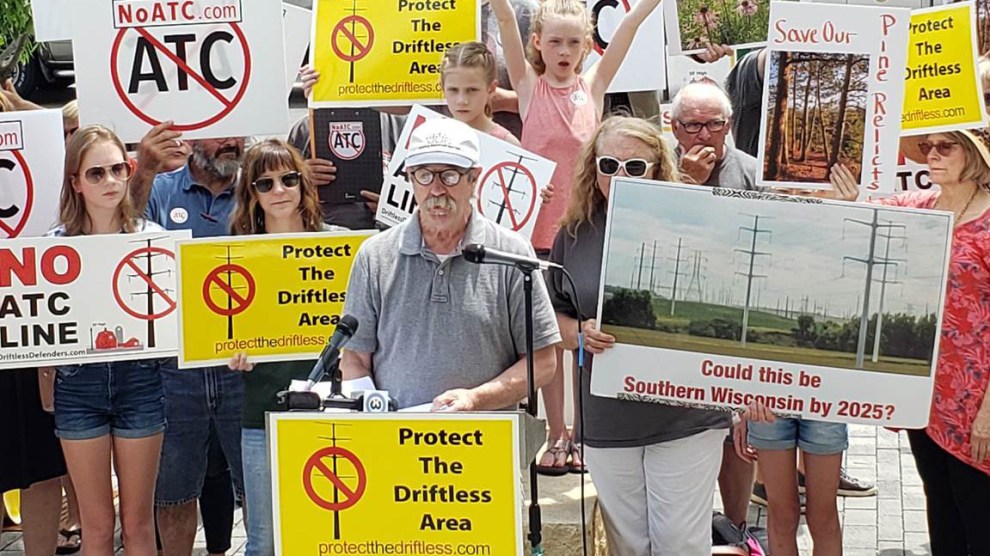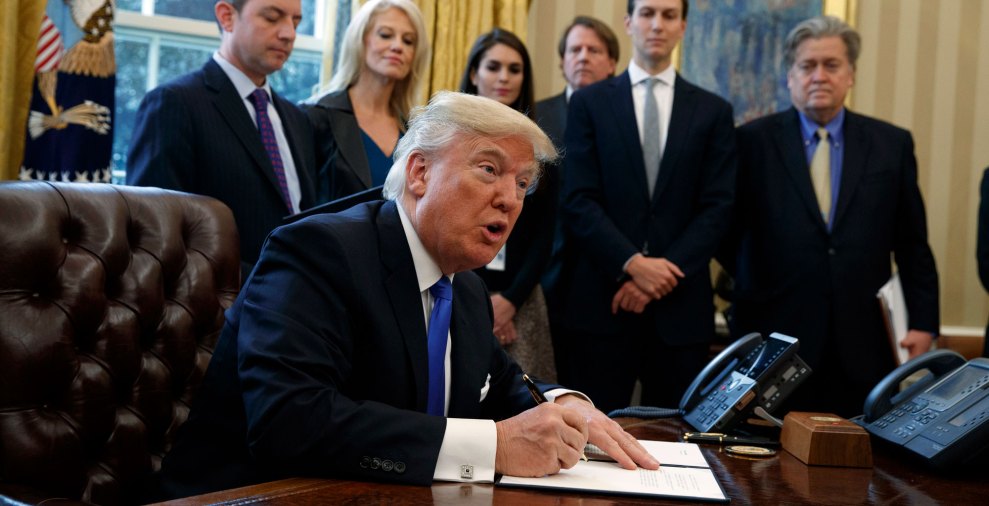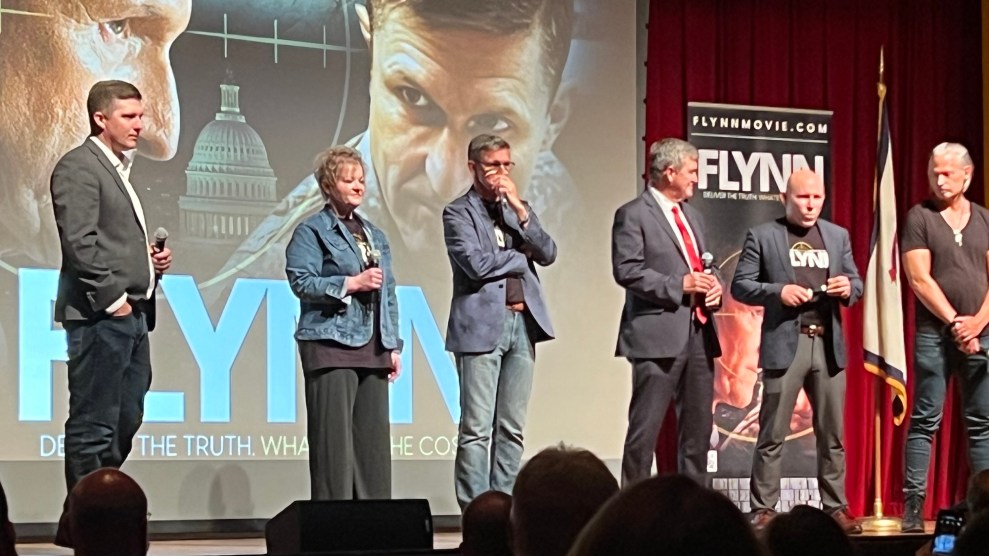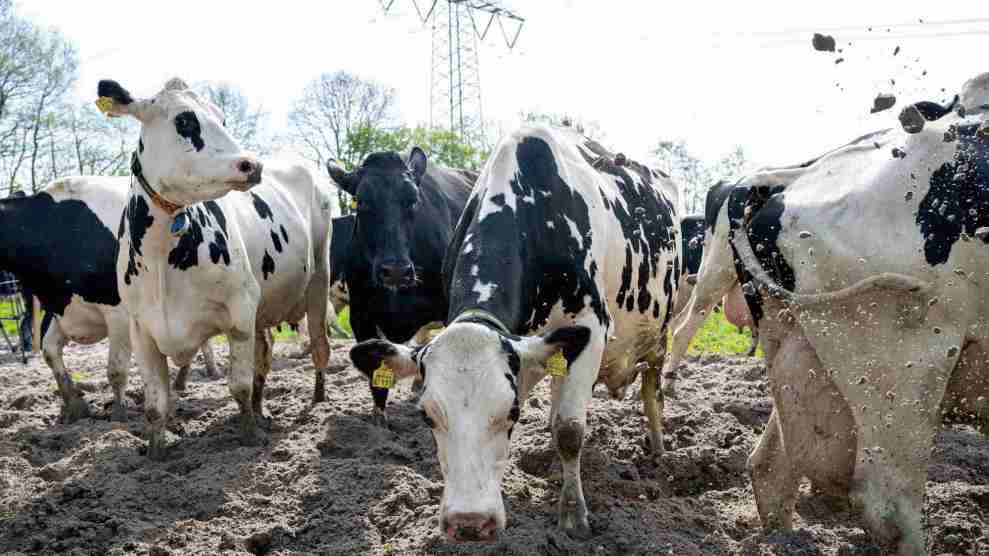THE NEW PAULSON PLAN….Yesterday I had a couple of questions about the Treasury’s plan to recapitalize America’s banks. One question was, which banks would get help? Big ones? Little ones? The answer, it turns out, is all of them:
One central plank of these new efforts is a plan for the Treasury to take approximately $250 billion in equity stakes in potentially thousands of banks, according to people familiar with the matter….Treasury will buy $25 billion in preferred stock in Bank of America, J.P Morgan and Citigroup; between $20 billion and $25 billion in Wells Fargo; $10 billion in Goldman and Morgan Stanley; and between $2 billion and $3 billion in Bank of New York Mellon and State Street.
Second question: did the banks themselves pressure Paulson into doing this? Apparently not:
Not all of the banks involved are happy with the move, but agreed under pressure from the government.
The justification for forcing all the big banks to participate is that if only a few banks got help, then they’d be instantly stigmatized as failures and no one would do business with them. So it’s better to force everyone to recapitalize, thus keeping everyone’s relative solvency a secret.
I get the reasoning, but I wonder if it really makes sense? After all, isn’t part of the point of this exercise to figure out which banks are really worth saving and which ones aren’t? And should we really be wasting money on banks that don’t need help? As part of the plan the Fed is also guaranteeing new debt, and it seems as if that, combined with sufficiently large capital injections, would make the rescued banks pretty sound. Plus there’s this:
While the Treasury wants to put money into banks, its main goal is to attract private capital. To make sure private investors aren’t scared away, the Treasury is expected to structure its investment on terms favorable to the banks and will inject capital in exchange for preferred shares or warrants, these people said, a move that is designed to not hurt existing shareholders.
If they’re forcing good banks to take government cash, this is actually reasonable. And if we do it for some banks, I guess we have to do it for all of them. But that means we’re also in the business of rescuing shareholders of bad banks. Why?
I dunno. I guess I’ll wait for the experts to weigh in and set me straight. The whole thing sounds a little squirrelly, though. I can’t help but think that aiming the money more tightly at bad banks and driving harder bargains in the process would have been a better idea.
UPDATE: Brad DeLong is thrilled with the plan. Hilzoy has some concerns.

















